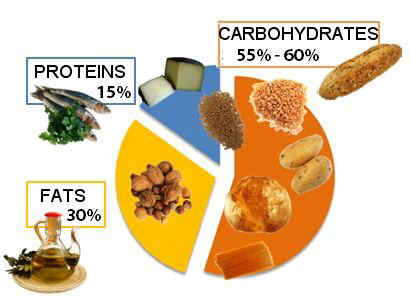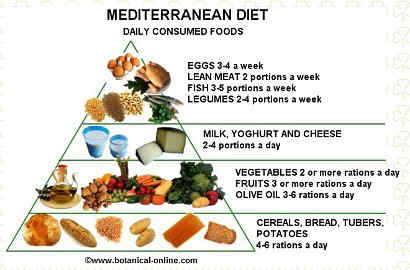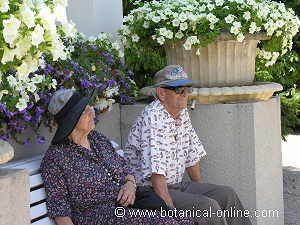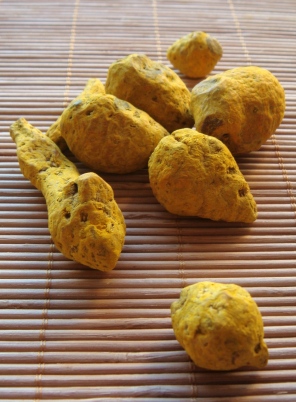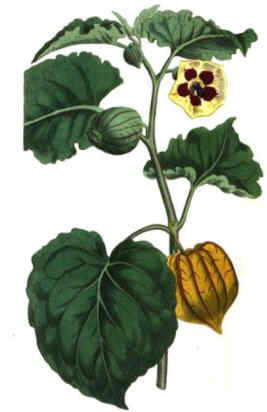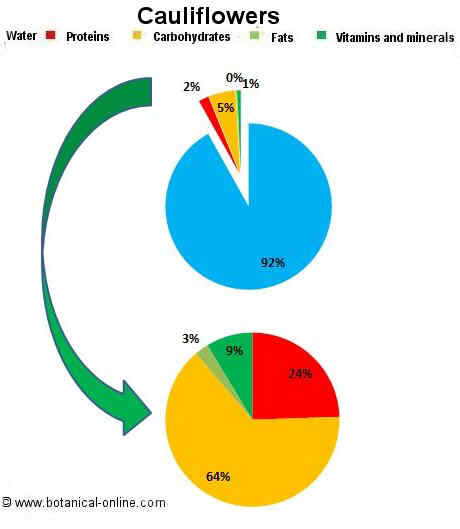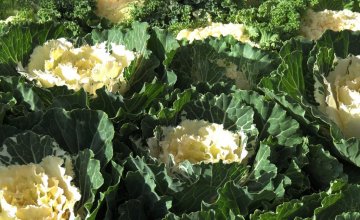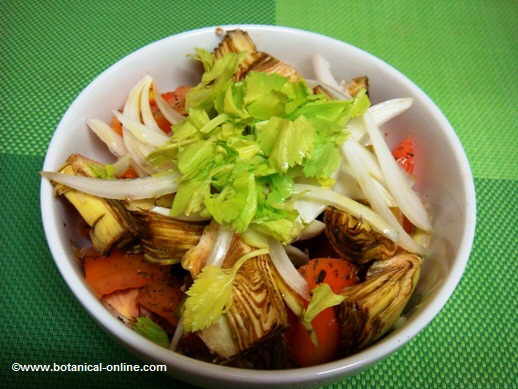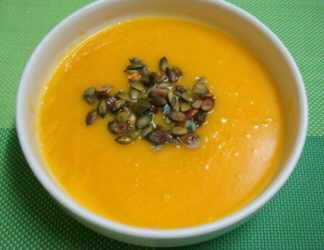Why is bread so important in the Mediterranean diet
THE IMPORTANCE OF BREAD AND CEREALS IN THE MEDITERRANEAN DIET
Cereals as food
Cereals have been the staple food in most populations worldwide from time immemorial.
Etymologically, the word cereal derives from Cerialia, a celebration that was offered in Ancient Rome to Ceres, goddess of agriculture, harvest and fertility. In Ancient Greece, she was known as Demeter, nurturing mother of blond hair, represented by heads of wheat.
Its name means “grow”, and refers to the importance of grains for the survival and expansion of people throughout history.
Properties of cereals
Nutritionally speaking, cereals are rich in carbohydrates, which provide calories for energy of the diet. They also contain B vitamins, important to digest carbohydrates and for energy functions.
- These foods are a staple in the Mediterranean diet. They play a major role as an energy source.
* More information: Cereals in the diet.
Bread along the story in the Mediterranean diet
The Greeks and Romans collected wisdom of the Egyptians to make bread a staple in Rome. Then, agricultural grain was controlled by the state, and the loaves were baked in public ovens.
In the texts of Strabo and Pliny, we can read about the importance of bread as a staple of the Iberian coastal tribes.
Over the years, along with wine and olive, bread was a food of great religious importance.
- Staple foods for survival of the people have a liturgical representation, like wine, bread and olives.
The consumption of bread is still deeply rooted in the culture of the Mediterranean countries. Currently, cereals and bread provide 55-60% of daily energy in the Mediterranean diet.
NUTRITIONAL PYRAMID OF MEDITERRANEAN DIET
What are the main cereals in the Mediterranean diet?
- Wheat, for its higher content of gluten, was better to make bread, such as it has been historically most appreciated. The bread of barley bread was considered a poor bread.
In some Mediterranean countries like Morocco, couscous or crushed wheat today remains a staple of the diet.
- Rice, of Oriental origin, is one of the world’s most productive grain. It arrived at the Mediterranean diet during Muslim invasions, in Spain, and from there, it spread in Italy, France and the rest of Europe.
- Spanish settlers brought the corn to Spain in the sixteenth century. In the early sixteenth century its cultivation began to spread in the north of the Iberian Peninsula. In the eighteenth century by the rest of Europe.
- Corn on the Mediterranean served as food for poultry for centuries, and was gradually introduced in the usual diet of Europeans.
* Related information: More foods in the Mediterranean diet.
![]() More information on Mediterranean diet.
More information on Mediterranean diet.

